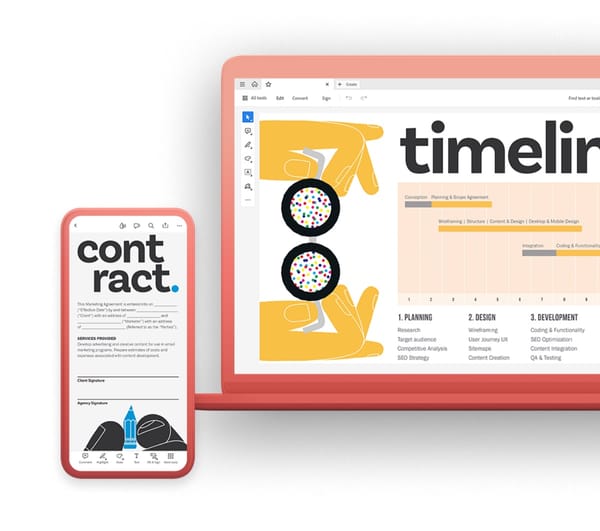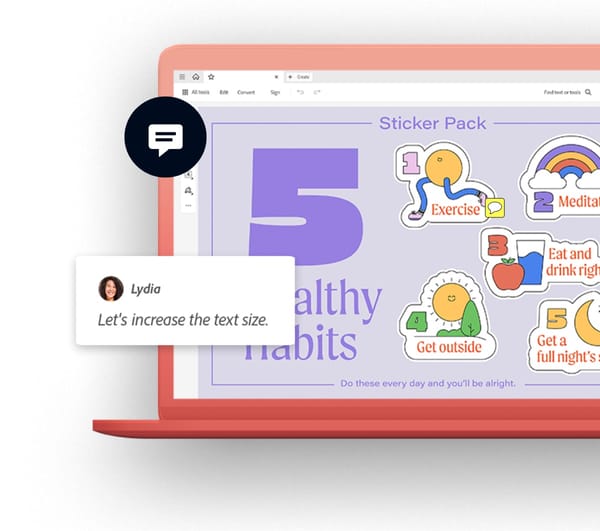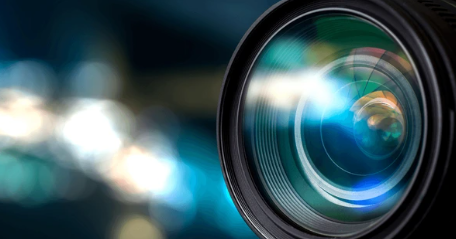Lightroom Tutorial: When to use Raw vs. JPEG
RAW and JPEG are two different file formats for digital photos. RAW files contain all of the data captured by the camera’s sensor, while JPEG files are compressed and processed by the camera.
RAW files offer more flexibility when editing photos, but they are also larger and slower to process. JPEG files are smaller and faster to process, but they offer less flexibility when editing.
In general, you should use RAW format if you plan on doing any serious editing of your photos. RAW files give you more control over the white balance, exposure, and contrast of your photos. They also allow you to recover more detail from overexposed and underexposed areas of the photo.
However, there are some situations where you may want to use JPEG format instead of RAW format. For example, if you are shooting a large number of photos and you don’t have time to edit them all, you may want to use JPEG format to save storage space and time.
When to use RAW:
- You plan on doing serious editing of your photos.
- You are shooting in challenging lighting conditions, such as low light or high contrast.
- You want to have the maximum amount of flexibility when editing your photos.
When to use JPEG:
- You are shooting a large number of photos and you don’t have time to edit them all.
- You are sharing your photos on social media or other online platforms.
- You are shooting with a mobile device and you don’t have a lot of storage space.
Ultimately, the best way to decide whether to use RAW or JPEG format is to experiment and see what works best for you. If you are unsure, it is always best to shoot in RAW format so that you have the maximum amount of flexibility when editing your photos in Adobe Lightroom.
Here are some additional tips for choosing between RAW and JPEG:
- If you are a beginner, I recommend shooting in JPEG format until you learn more about photo editing.
- If you are shooting a mix of photos, such as portraits and landscapes, you may want to shoot in RAW format for the portraits and JPEG format for the landscapes.
- If you are shooting in a fast-paced environment, such as a sporting event or a wedding, you may want to shoot in JPEG format to save time.
With a little practice, you will be able to choose the right file format for your needs.


